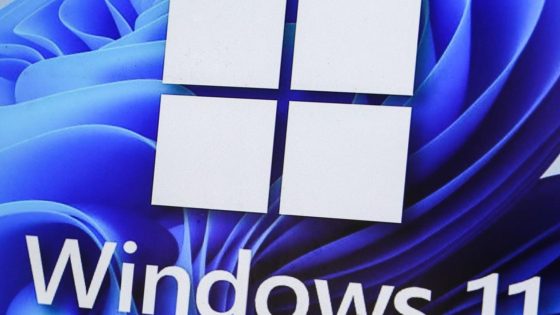A new attack warning for Windows users has emerged, highlighting the dangers of fake browser updates. As of February 23, 2025, malicious actors are using social engineering tactics to trick users into installing harmful software. Are you aware of the risks associated with these deceptive updates?
- New browser update attacks Windows users
- Social engineering used to lure victims
- Malicious JavaScript on legitimate websites
- NetSupport RAT and StealC malware delivered
- Mitigation strategies include blocking domains
- Train employees to recognize fake updates
Critical Warning for Windows Users: Beware of Fake Browser Updates
How can you protect yourself from these deceptive tactics? The latest threat involves attackers injecting malicious scripts into legitimate websites, misleading users into thinking their browser needs an urgent update. This can lead to severe consequences, including unauthorized access to your data.
Understanding the Risks of Malicious Browser Updates
Fake browser updates are becoming more sophisticated, making it crucial for users to recognize the signs. These attacks often display realistic branding and urgent messages, prompting users to click on links that seem legitimate. Here are some key points to consider:
- Malicious JavaScript can be embedded in trusted websites.
- Attackers use urgency, claiming critical security updates are necessary.
- Downloading the fake update can install remote access tools like NetSupport RAT.
- Credential-stealing malware, such as StealC, can compromise your sensitive information.
How to Safeguard Your Windows Device from Attacks
To minimize the risk of falling victim to these attacks, follow these essential tips:
- Always update your browser through official channels, not pop-ups.
- Enable automatic updates for your browser settings.
- Be cautious of unsolicited update prompts, even from trusted sites.
- Educate yourself and others about recognizing fake update alerts.
What to Do If You Suspect an Attack
If you believe you have installed a malicious update, take immediate action. Disconnect your device from the internet to prevent further data loss. Run a full system scan using trusted antivirus software and remove any detected threats. Remember, acting quickly can save your data and privacy.
Staying informed and cautious is the best defense against these evolving threats. Always verify updates through official sources and educate yourself about the latest cybersecurity risks.










![[Master Duel] Fusion x Synchro Fes & New Accessories](https://news.faharas.net/wp-content/uploads/2025/02/Unleash-Epic-Strategies-in-Master-Duels-Fusion-x-Synchro-Fes-560x315.jpg)






















